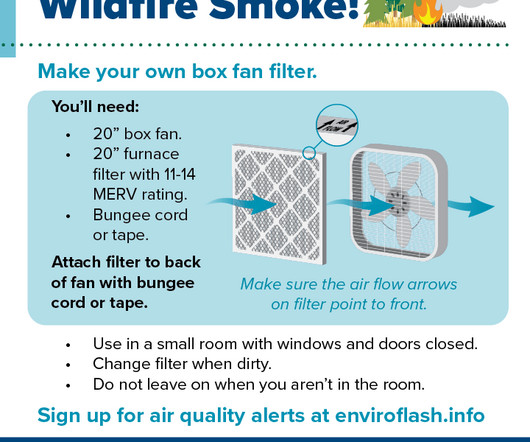What Exactly is Ozone? The Good, the Bad & the Ugly
Breezometer
DECEMBER 7, 2021
Our ozone layer serves as a lifesaving UV barrier for planet earth, functioning to absorb most of the sun’s ultraviolet radiation. At the same time, ground-level ozone pollution is extremely harmful to human health. As the complexity of ozone pollution is often misunderstood, let's take a closer look at this particular pollutant.













Let's personalize your content